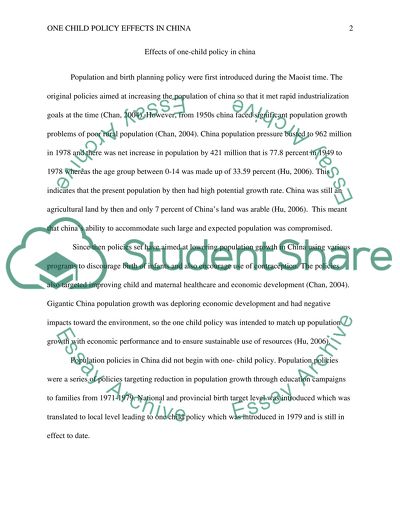Cite this document
(“Controversy Analysis Admission/Application Essay”, n.d.)
Retrieved from https://studentshare.org/english/1469229-controversy-analysis
Retrieved from https://studentshare.org/english/1469229-controversy-analysis
(Controversy Analysis Admission/Application Essay)
https://studentshare.org/english/1469229-controversy-analysis.
https://studentshare.org/english/1469229-controversy-analysis.
“Controversy Analysis Admission/Application Essay”, n.d. https://studentshare.org/english/1469229-controversy-analysis.


